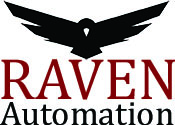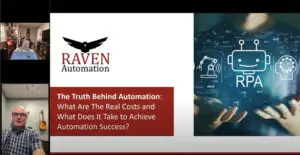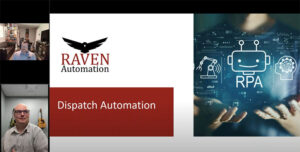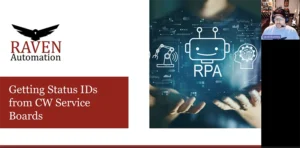The MSP’s Guide to Automation: Where to Start and What to Automate First
Managed Service Providers (MSPs) operate in a fast-paced, high-demand environment where efficiency is the key to profitability and customer satisfaction. With increasing labor costs, talent shortages, and rising client expectations, automation has become a necessity rather than a luxury. But where should MSPs start with automation, and what should they automate first?
This guide walks you through the essential steps to adopting automation, the highest-impact processes to automate, and best practices for integrating automation into your MSP’s workflow.
Why Automation Matters for MSPs
Automation isn’t about replacing technicians, it’s about empowering them to focus on higher-value tasks while reducing manual, repetitive work. Here’s why MSPs should prioritize automation:
- Improved Efficiency: Automation eliminates time-consuming manual tasks, increasing productivity.
- Reduced Errors: Automated processes follow consistent rules, reducing human errors.
- Increased Profit Margins: By reducing labor costs and boosting efficiency, automation enhances profitability.
- Faster Response Times: Automated workflows resolve issues faster, leading to better customer satisfaction.
- Scalability: MSPs can grow without significantly increasing headcount.
Now, let’s break down where to start and what to automate first.
Step 1: Assess Your Current Workflows
Before diving into automation, take the time to assess your current workflows. Identify tasks that are:
- Repetitive: Any process that requires manual input but follows the same steps each time.
- Time-Consuming: Tasks that take up a significant portion of your technicians’ work hours.
- Prone to Errors: Processes that often result in mistakes due to human oversight.
- Business-Critical: Functions that impact client satisfaction and operational efficiency.
Conducting an internal audit or mapping out existing workflows can help pinpoint where automation will have the biggest impact.
Step 2: Start with Quick-Win Automations
To build momentum and demonstrate the value of automation, MSPs should start with quick-win automations—processes that are easy to implement and provide immediate benefits.
- Contact Syncs: Sync users from between PSAs and data sources like HubSpot or Office 365. If you’re building the automations yourself, this can be a great place to start as your resources will learn a lot of core functionality concepts of the Rewst platform.
- Ticket Categorization: Automated ticket categorization will ensure better and more complete information in your PSA and help you identify future automations.
- Automated triage: Automated triage and dispatch processes to help improve SLAs and reduce workload on dispatchers.
- Automated Ticket Resolutions: Identify routine tickets, like processing Dark Web Alerts, so your engineers no long manually process these tickets.
Step 3: Expand Automation to Complex Workflows
Once your MSP has successfully implemented quick-win automations, it’s time to expand into more advanced automation areas. It’s not uncommon for these automations to be created in a phased approach. Common examples include:
- User Onboarding: start with the core process from the marketplace and let us add features as needed
- User Offboarding: Automate the decommissioning of user accounts.
- Billing Reconciliation – after spending time ensuring clean data in your PSA
- Security Incident Response: Automate detection and response to cybersecurity threats.
- Client Reporting & Compliance: Generate automated compliance reports for clients.
- Full IT Process Automation: Automate complex workflows such as new device deployments and vendor coordination.
From there, the Raven team will continue to work through the automation strategy roadmap tailored specifically for your business needs.
Step 4: Monitor, Optimize, and Scale
Automation is not a “set-it-and-forget-it” process. Regular monitoring ensures that automated workflows continue to function effectively. Key best practices include:
- Review Performance Metrics: Track automation success using KPIs like time saved, ticket resolution speed, and technician workload reduction.
- Gather Feedback from Technicians: Your team can provide insights into what’s working and what needs improvement.
- Optimize and Expand: As your MSP matures in automation, expand to more advanced use cases.
Conclusion
For MSPs, automation is no longer optional, it’s a game-changer. By starting with quick-win automations, gradually expanding to complex workflows, and continuously optimizing, MSPs can improve efficiency, reduce costs, and enhance customer satisfaction.
Are you ready to transform your MSP with automation? Start small, track results, and scale as you go—your business (and your technicians) will thank you!





